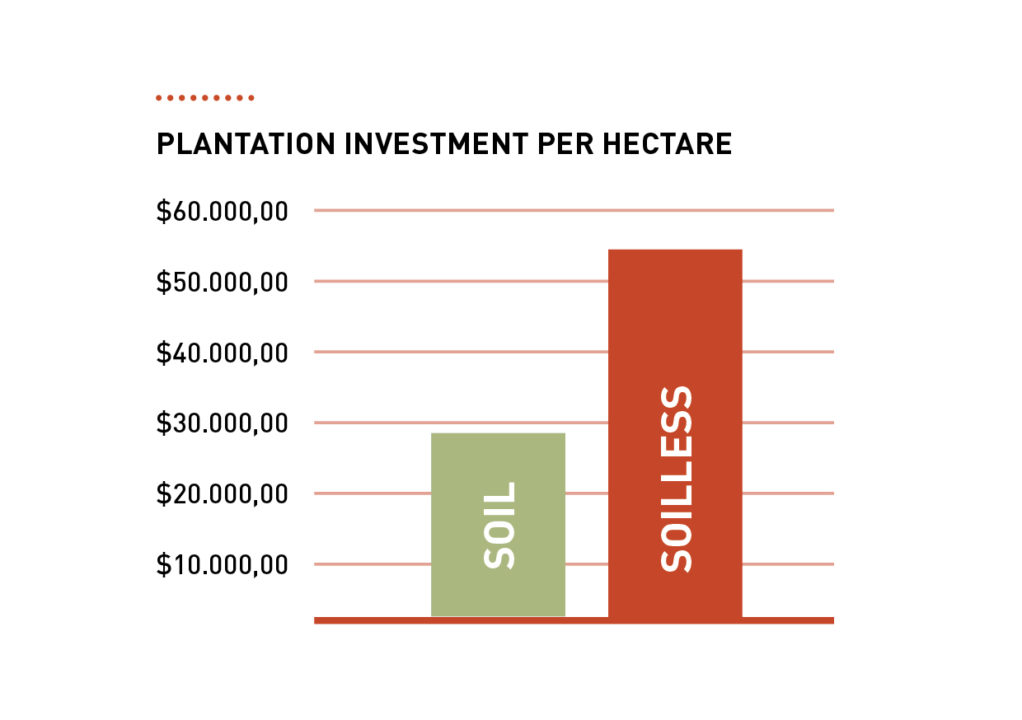How to Build a Successful Greenhouse IPM Program
 A successful greenhouse integrated pest management (IPM) program incorporates sustainable and cost-effective management strategies that ultimately deliver high-quality plants for retailers and consumers.
A successful greenhouse integrated pest management (IPM) program incorporates sustainable and cost-effective management strategies that ultimately deliver high-quality plants for retailers and consumers.
IPM leverages a combination of compatible and effective management options such as cultural, mechanical, chemical, biological, and host resistance. This allows growers to integrate spray application of plant protection products for the control of pests, weeds, and disease into a well-balanced pest management program.
What are the components of an Integrated Pest Management program?
IPM programs should incorporate a variety of tactics to ensure high-quality plants, including:
• Cultural practices: This includes adequate adjustments to manage fertility, reducing cultural stresses, and monitoring soil moisture and leaf wetness to minimize the conditions favorable for pests and diseases. Greenhouse growers should consider using HAF fans to provide adequate airflow to reduce leaf wetness.
• Mechanical strategies: These include activities like the removal of diseased tissue to reduce pathogen inoculum, removing plants infested with insects and mites, and installing screens to inhibit insects and mites from entering production areas.
• Chemical solutions: Use of pesticides to control insects, diseases, and weeds.
• Biological controls: Use of biopesticides such as products containing insect toxins, fungal antagonists, or natural insect predators.
Building a Plan for an IPM Program
Information gained from routine scouting such as disease incidence and severity, insect counts, and weeds should be used to create a management plan. Using that data, a successful management plan should account for product choices, including the type of application needed (i.e. drench vs foliar spray) and the frequency of application to control the issue. The ability to quickly identify areas or crops that could be the initial source of inoculum for disease, insect hot spots or weed infestations is crucial for adequate control.
What are some of the key methods to minimize risk of introducing pests, diseases, and weeds to the greenhouse?
Routine scouting and maintaining a clean operation are most definitely key methods. The sooner a problem is identified, the quicker action can be taken to resolve it. Following strict sanitation guidelines to maintain a clean environment helps minimize opportunities for introducing pests, pathogens, and weeds. Using new potting material and properly disinfecting reused pots and materials will help reduce pathogenic microorganisms (bacteria and fungi), tiny insects (eggs and pupae), and even weed seed, from carrying over between production cycles.
What Else Should Growers Know When it Comes to IPM?
In addition to cost efficiency, IPM programs should have a reduced impact on the environment. A successful IPM approach in the greenhouse or nursery relies on the proper and judicious use of pesticides and fertilizers. Bayer recognizes the need for reduced-risk pesticides, such as Altus, that give growers a tool that offers compatibility with honey bees, bumble bees, and many beneficial arthropods.









